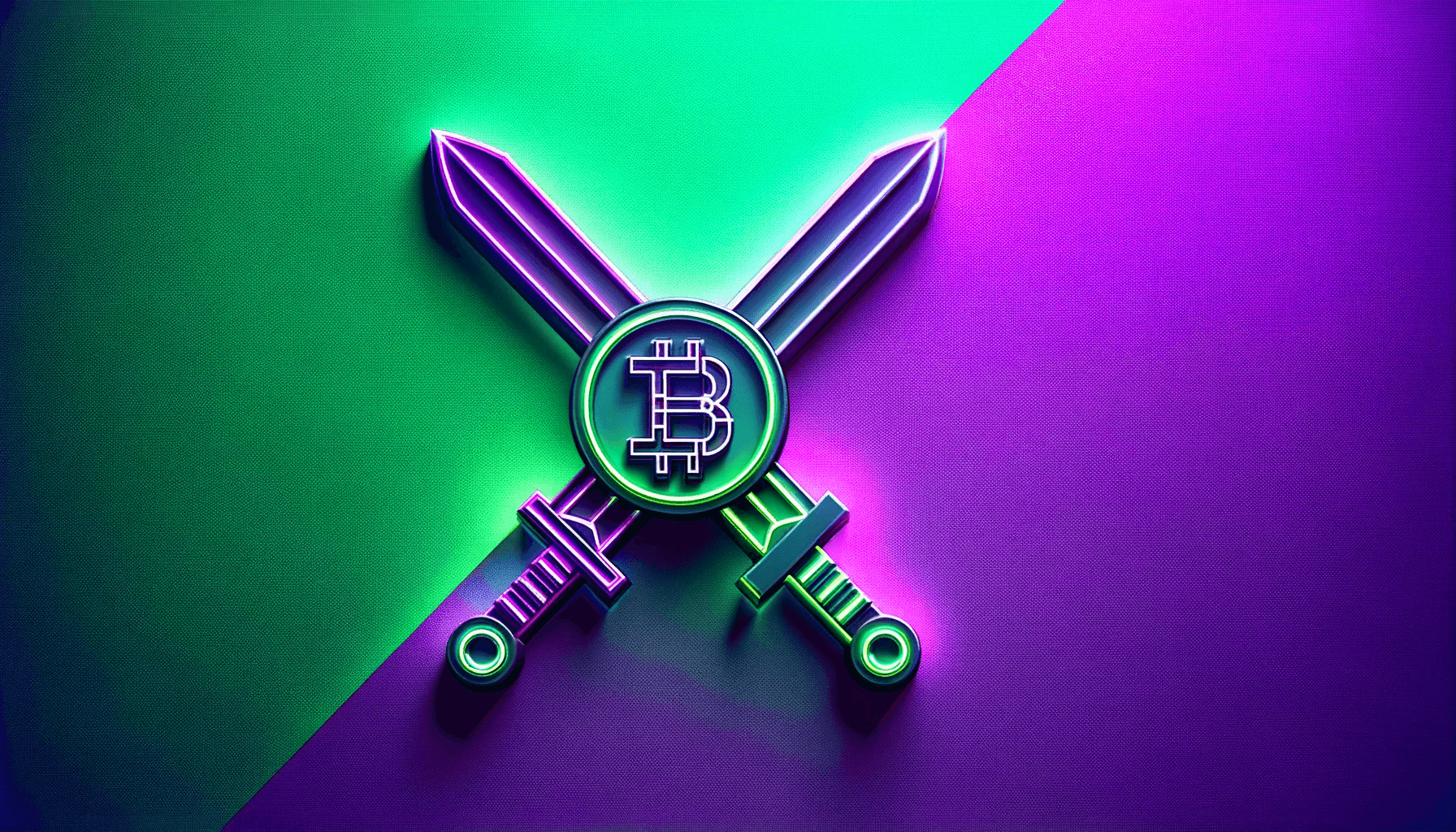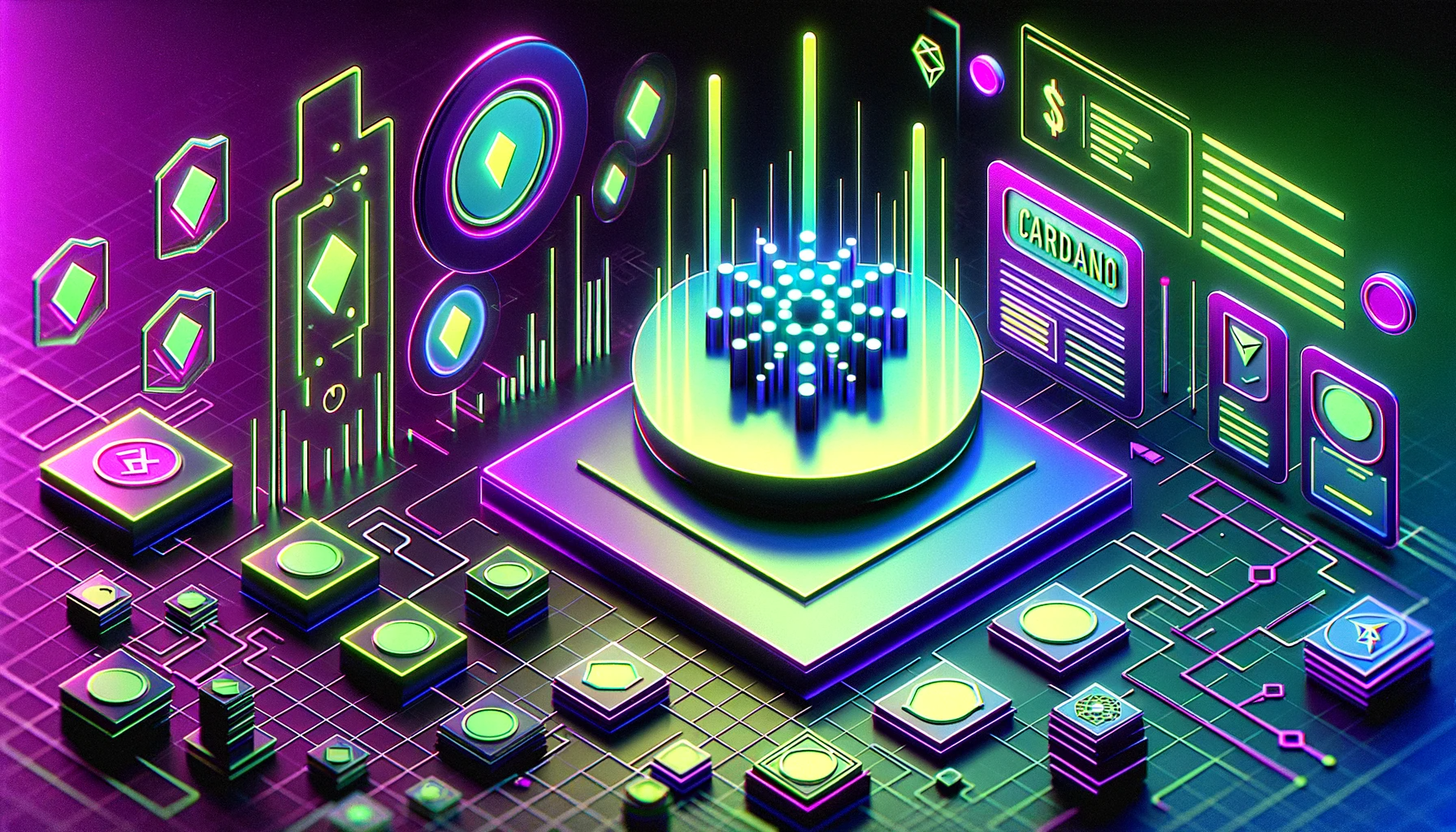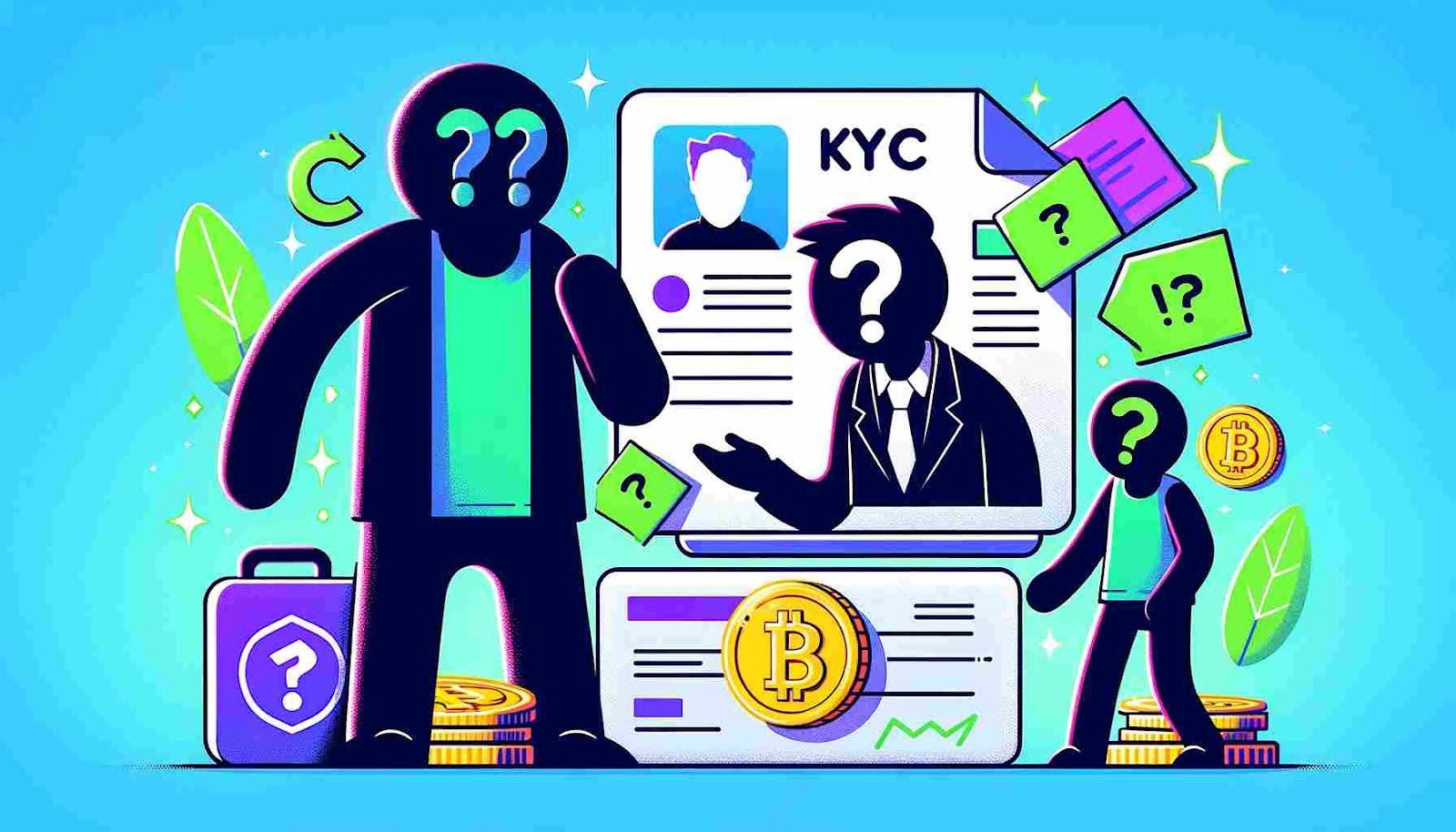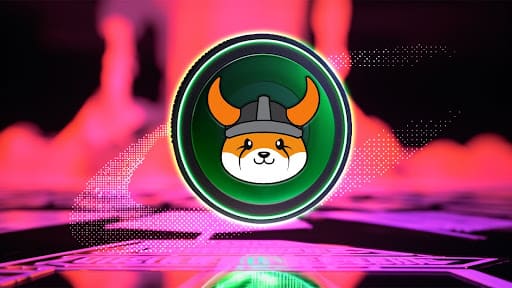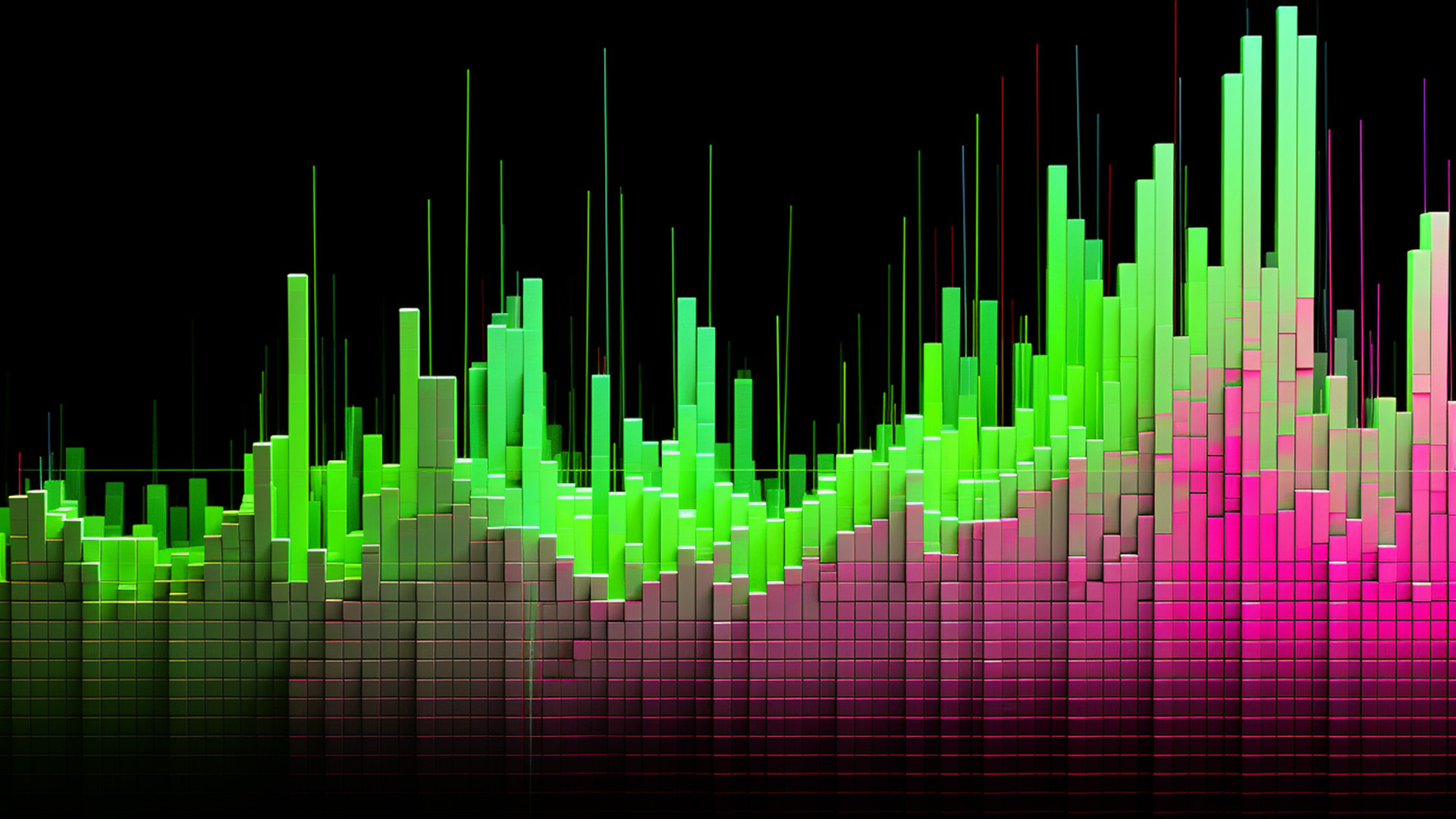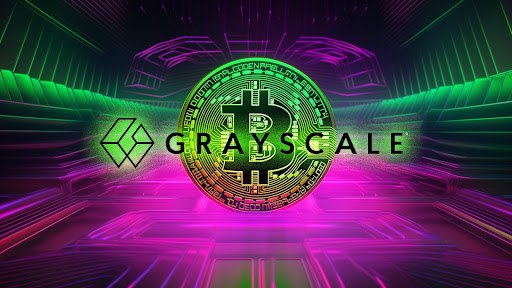
Smart contracts are a key innovation for blockchains, smart contracts are self-executing agreements with predefined rules.
Smart contracts face a significant limitation however, they cannot access data outside the blockchain, this is where Chainlink comes into play.
Chainlink empowers smart contracts by bringing access to off-chain data, connecting the real world to the blockchain.
What is Chainlink
Chainlink was created to address the challenge of smart contracts functioning in isolation and not being able to interact with events and data in the external world.
Chainlink is an oracle network that facilitates the integration of smart contracts with real-world data.
Launched in 2017 by Sergey Nazarov and Steve Ellis, Chainlink decentralizes the process of moving data on and off blockchains.
Chainlink is the industry-standard Web3 service platform that has enabled trillions of dollars in transaction volume across DeFi, gaming, NFTs and other major industries.
As the leading decentralized oracle network, Chainlink enables developers to build feature-rich Web3 applications with seamless access to real-world data and off-chain computation across any blockchain and provides a universal gateway to all blockchains.
How Chainlink Works
Chainlink uses LINK tokens to reward Chainlink network operators for retrieving data from off-chain feeds, formatting data into accessible formats and performing off-chain computations.
Holders of Chainlink must stake LINK tokens into a smart contract to become a node and supply data to Chainlink oracles.
Staking LINK serves as a deterrent against fake data being submitted to the network or misuse of data.
When a smart contract demands data, the process begins on a blockchain, and a request for information is sent out by that smart contract, called a requesting contract.
To obtain the off-chain data, Chainlink registers this request as an event and produces a matching smart contract - called a Service Level Agreement contract - on the blockchain.
From the SLA contract, three sub-contracts are generated.
Reputation contracts verify an oracle provider's legitimacy and performance history, before evaluating and discarding unreliable nodes.
Order-matching contracts request Chainlink nodes, collect their bids and get the request filled by selecting the appropriate number and kind of nodes.
Users must commit a stake of LINK tokens, which can be taken away if they misbehave, once a provider is chosen, they are responsible for ensuring that the correct responses are added to the chain.
Aggregating contracts check all of the data from the chosen oracles to get and verify the results.
After a Chainlink user creates an SLA contract, this contract is used by the Chainlink software to match the user to the most appropriate oracles that can give the data. Buyers choose the data they want, and providers compete to deliver it.
Oracles interact with external data sources, receiving the real-world data specified in the Chainlink SLA, the oracles then process the data and provide it back to the buyers via the Chainlink service.
Once the data is collected, an aggregation contract takes the data points, evaluates their validity, and then returns to the customer a weighted score, using an Oracle reputation system, based on the sum of all data received.
If everything goes according to plan, the data providers are paid in LINK for their honest service and data is provided to the smart contract.
Pros and Cons
Pros
-
Chainlinks network of independent oracle nodes ensures a high degree of decentralization, reducing the risk of a single point of failure.
-
Chainlink has robust security measures to help protect against data manipulation and tampering, ensuring the integrity of smart contract execution.
-
Chainlink has cross-chain compatibility, meaning it can work with various blockchains, such as Ethereum and Binance Smart Chain.
Cons
-
Scalability can be an issue for Chainlink, as there is increased demand for Oracle services, which leads to congestion and high fees.
-
Although Chainlink aims for decentralization, there is still a risk of centralization, especially if a few major node operators dominate the network.
-
Implementing Chainlink into a smart contract can be complex as it requires coding knowledge.
Use Cases for Chainlink
There are numerous use cases for Chainlink.
Chainlink plays an important role in DeFi, improving the security and transparency of financial products, such as loans, payments and derivatives.
Chainlink prices assets, accessing interest rates and verifying collateralization.
Developers can leverage Chainlink to create blockchain-based games. A key building block of many blockchain games is a source of randomness to generate random in-game scenarios or determine winners of a prize.
Chainlink provides a randomness solution called Verifiable Random Function, that ensures the generation of fair and unbiased randomness.
Chainlink provides a way for traditional systems, like websites, a way to make their data and services available on any blockchain network.
Picture blockchains as decentralized computers, and smart contracts as decentralized applications, Chainlink can be thought of as the decentralized internet, that allows smart contracts to interact with the outside world, whilst maintaining the blockchain's fundamental guarantees around security, transparency and trust.
Final Thoughts
Chainlink has become essential to the blockchain ecosystem, bridging the gap between smart contracts and real-world data.
As blockchain adoption increases, Chainlink's role in providing trustless, reliable, and secure data feeds is likely to become even more vital.
Without Chainlink, smart contracts would not be able to interpret real-world data.
Oracles collectively retrieve data from multiple sources, aggregate it, and deliver a validated, single data point to the smart contract that triggers its execution, removing any centralized point of failure.
Want More Cutting-Edge Crypto News?
Follow Us: X TikTok Instagram Telegram LinkedIn
Sign up to our newsletter at the bottom of the page
Check Out Our Top 10 Crypto Currencies of 2023
This article is intended for educational purposes and is not financial advice.


